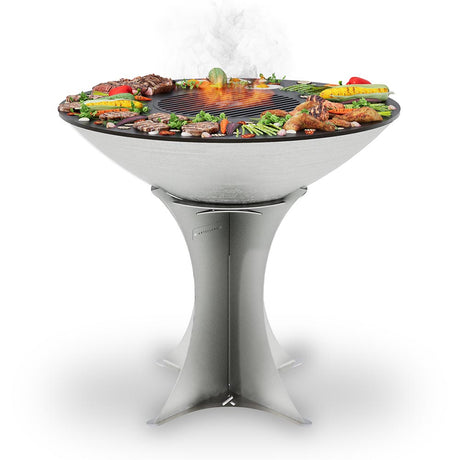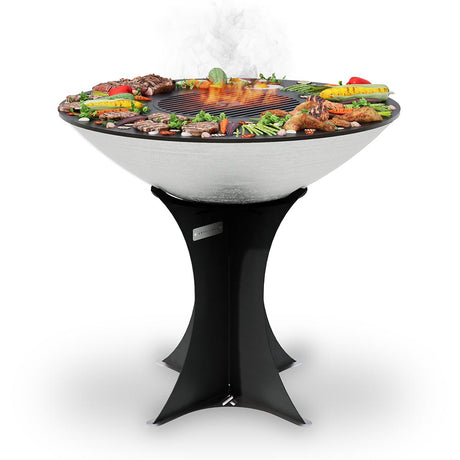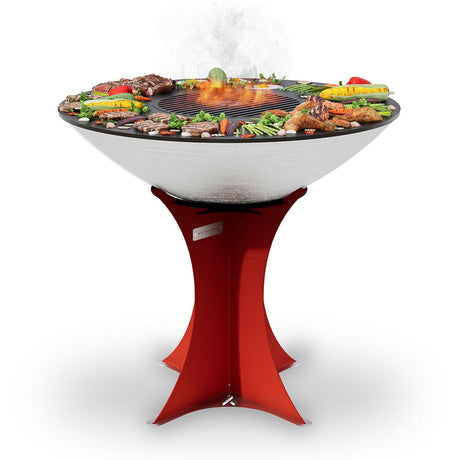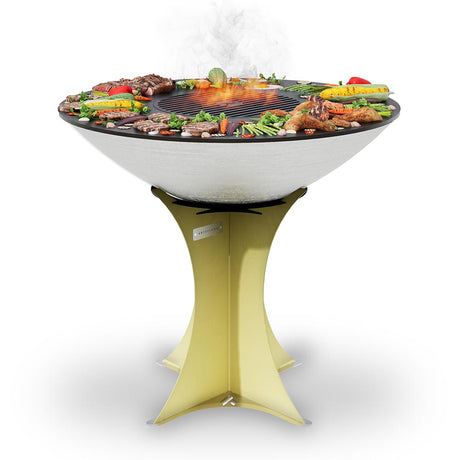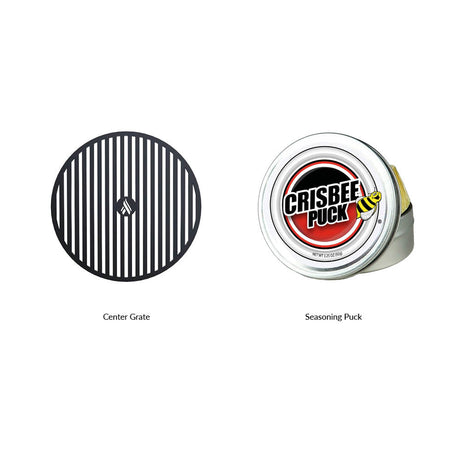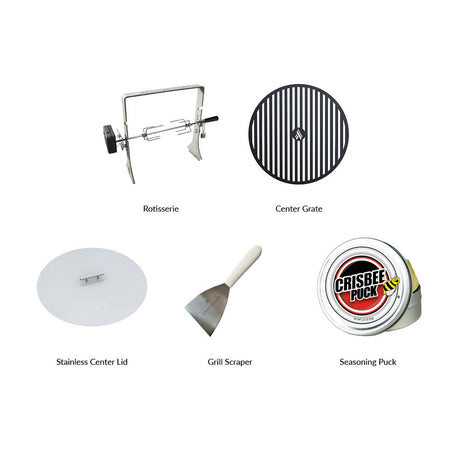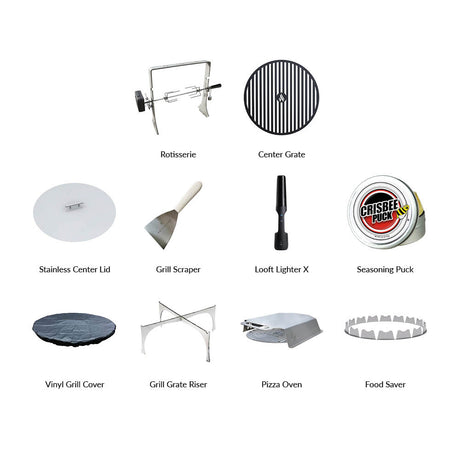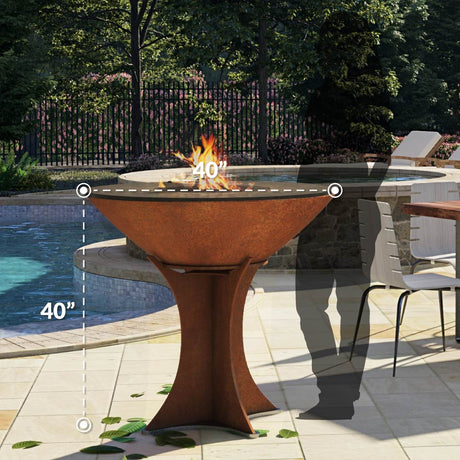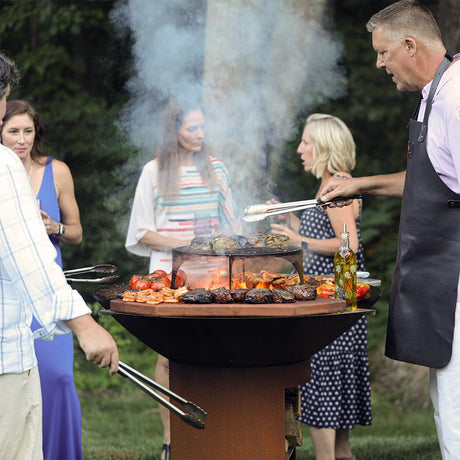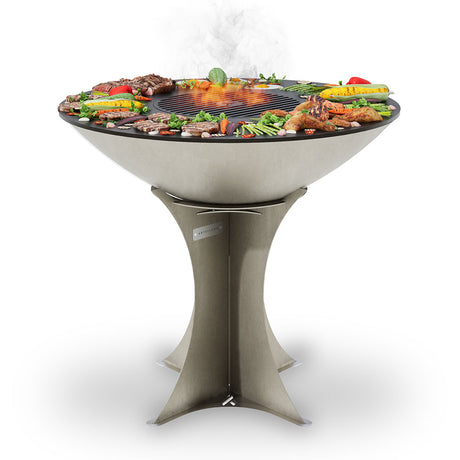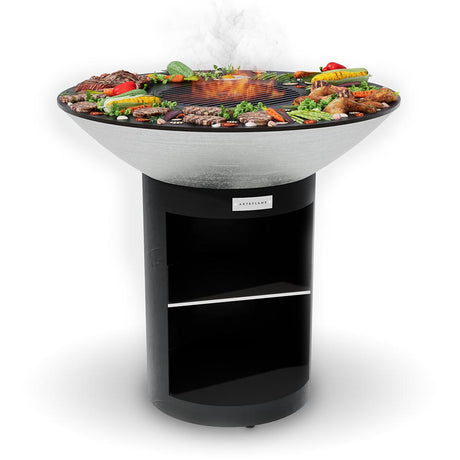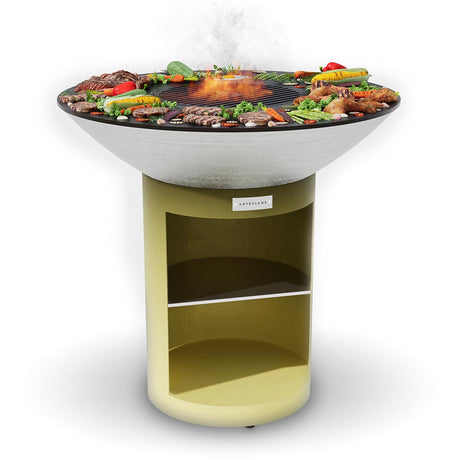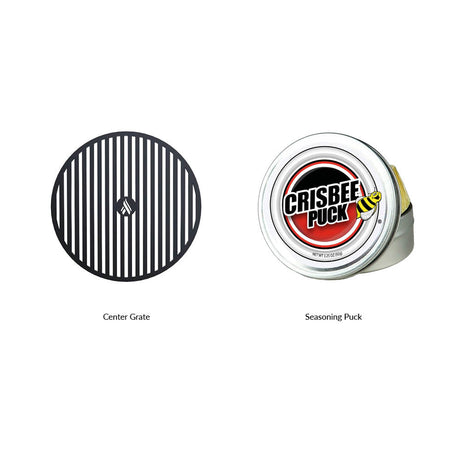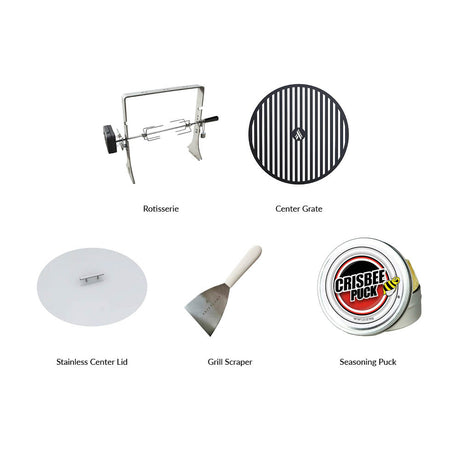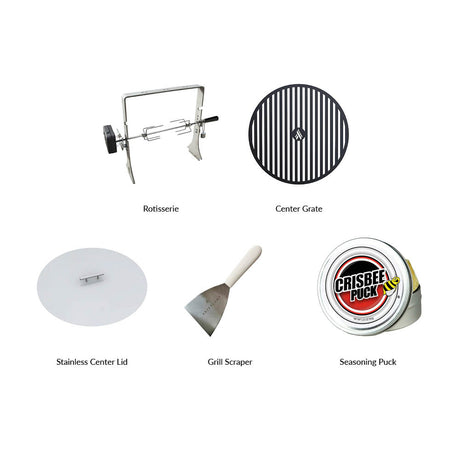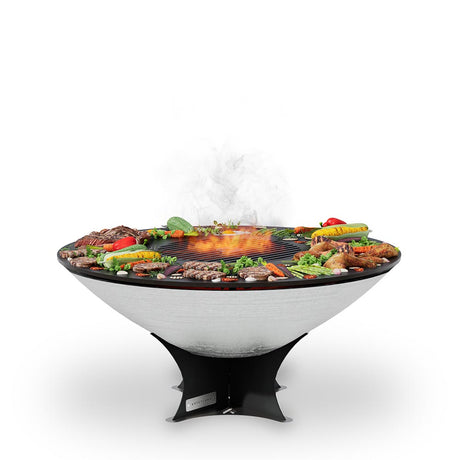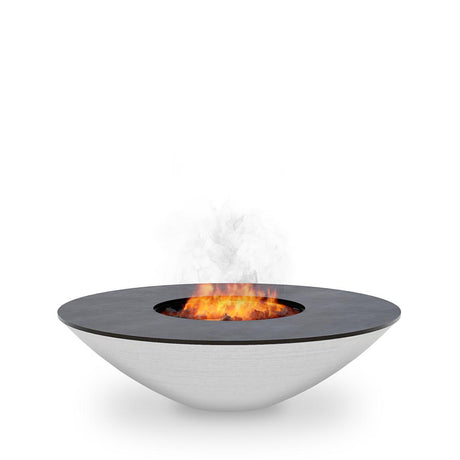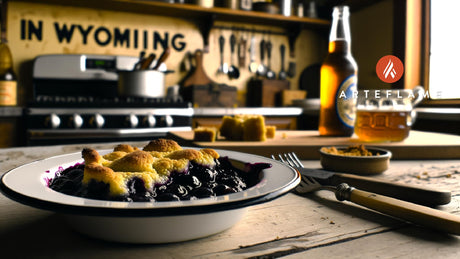Chicken is one of the most versatile proteins, and grilling it brings out its smoky, savory potential. Whether you’re cooking a whole rotisserie chicken or grilling individual pieces, the results can be deliciously different. Each method offers unique textures, flavors, and experiences. In this article, we’ll explore the key differences in taste, cooking techniques, and benefits of rotisserie chicken versus grilling chicken pieces, helping you choose the best method for your next barbecue.
1. Rotisserie Chicken: The King of Juiciness
Cooking Method
Rotisserie chicken is cooked slowly on a rotating spit, allowing the bird to baste itself in its own juices as it turns. This method ensures even cooking, with the slow rotation creating consistent heat exposure on all sides.
Flavor Profile
- Juicy Interior: The constant self-basting locks in moisture, making the meat tender and succulent.
- Crispy Skin: Slow roasting renders the fat from the skin, resulting in a golden, crispy exterior.
- Mild Smokiness: If cooked on a grill, the chicken absorbs subtle smoky flavors without overpowering the seasoning.
Best for:
- Whole chickens cooked for a family-style meal.
- Recipes that emphasize juicy, fall-off-the-bone meat.
- Adding herbs or marinades under the skin to infuse flavor throughout the chicken.

